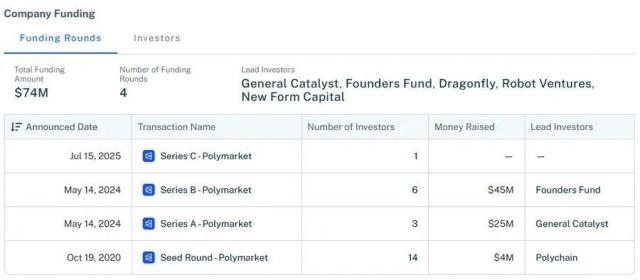BNY Mellon and Goldman Sachs Collaborate to Bring Blockchain Technology into the $7.070 Trillion Fund Market, Opening a New Digital Asset Era.
The financial industry is witnessing a crucial turning point as BNY Mellon and Goldman Sachs announce a tokenization initiative for money market funds (MMF), targeting the massive $7.070 trillion market. This is the first time in the United States that fund managers allow MMF share trading through a blockchain platform, marking the transformation of traditional finance into the digital asset era.
According to the July 23rd announcement, the project uses blockchain infrastructure developed by Goldman Sachs Digital Assets, connecting with BNY Mellon's LiquidityDirect platform. Institutional clients can register to buy and withdraw MMF shares through representative tokens issued on GS DAP - Goldman Sachs' exclusive blockchain platform. This solution enables fully digitized transactions while BNY Mellon continues to perform custody and payment roles within the existing compliance framework.
The initiative attracts participation from major asset management names, including BlackRock, Fidelity Investments, Federated Hermes, BNY Investments Dreyfus, and Goldman Sachs Asset Management. Mathew McDermott, Global Head of Digital Assets at Goldman Sachs, emphasized the importance of using tokens representing MMF share values, helping to unlock their potential as collateral and facilitating smoother transfers.
Blockchain Opens a Flexible Financial Future
Integrating the GS DAP platform into BNY Mellon's infrastructure not only increases flexibility in collateral asset circulation but also paves the way for cross-platform transfer capabilities in the future. Laide Majiyagbe, Global Head of Liquidity, Financing, and Collateral Assets at BNY, confirms this as an important first step in digital transformation, with BNY proudly playing a pioneering role.
This move occurs as BNY Mellon continues to expand digital asset operations through collaboration with Ripple, becoming the primary custodian for the RLUSD stablecoin. The bank will manage RLUSD's reserve fund, ensuring liquidity and strengthening trust for enterprise applications like cross-border payments.






